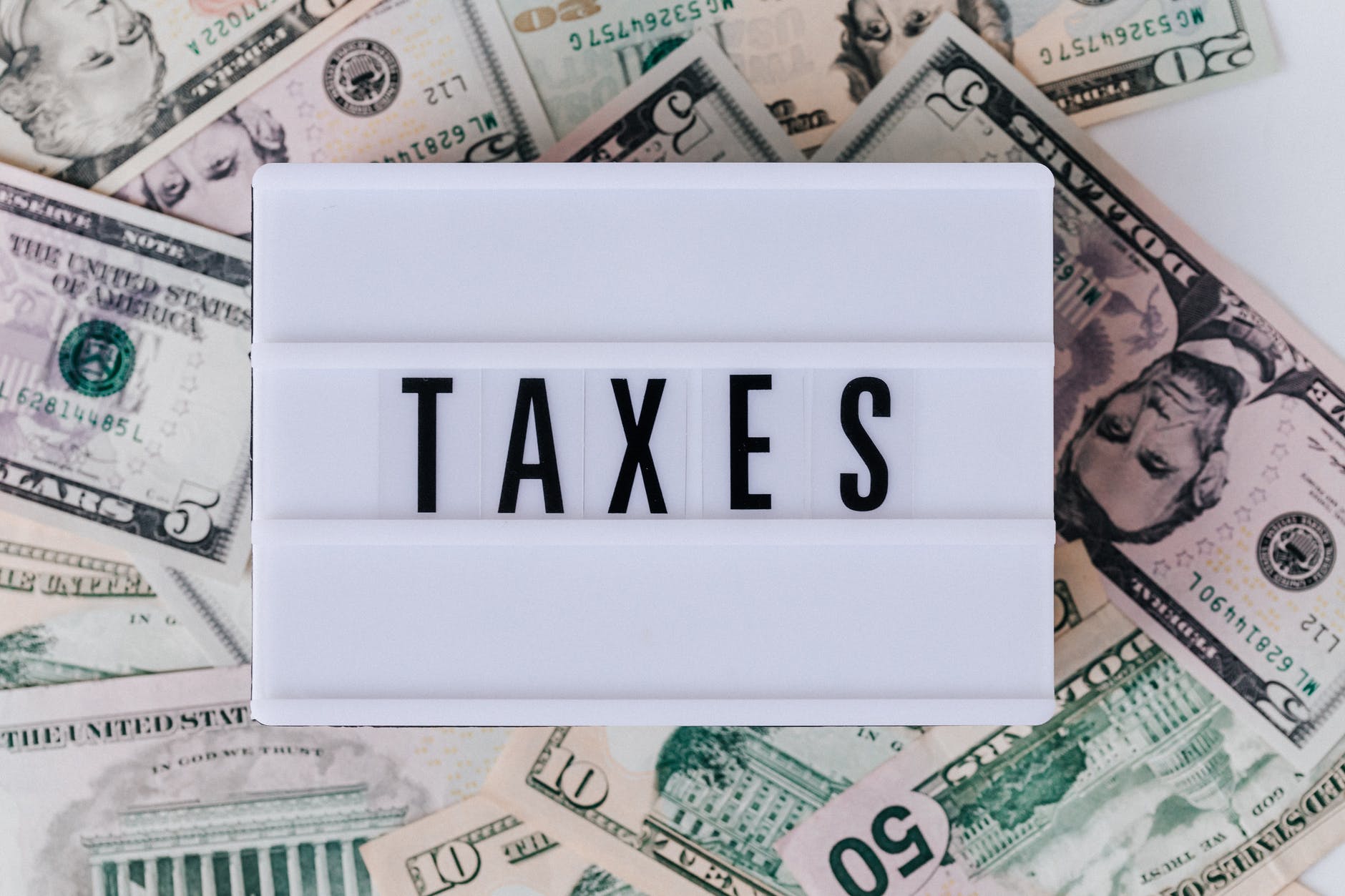The future of the Saudi economy after the Corona pandemic

Several years ago, I expressed my reassurance about the reforms that took place in the public finances since 2015 AD and their methodology through the financial balance program and the use of the Public Investment Fund to play a mixed development and investment role in various sectors, most of which are new and still in the stage of actual and organizational infrastructure. However, at the same time, I did not hide my concern that these measures and policies are not sufficient to provide us with the double annual growth that we need in order to address various economic issues, on top of which is reducing the economy’s dependence on oil.
The economy is still dependent on oil, and the Corona pandemic will jump the annual deficit levels and the size of the public debt
The challenges of economic growth away from oil still exist. Non-oil GDP growth still depends on the growth of government exchange, as the correlation rate during the past five years reached approximately 78%, which means that the austerity public fiscal policy will inevitably lead to weak growth in the non-oil sector and possibly its entry into a recession. During the coming years, especially if public policies in various vital economic sectors continue to depend on government spending and do not allow the life cycle of its sectors to behave normally.
I expect weak growth for the Saudi economy until the year 2025 AD, perhaps an annual compound growth for five years that does not exceed 2% for the non-oil sector in the GDP
Now, after the Corona pandemic and the disruption of global economic growth, this will increase the size of the difficulties on the Saudi economy. It is likely that the volume of oil revenues will be affected, the annual deficit will continue, and the volume of public debt will rise more than planned in the coming years, especially after the debt ceiling was raised to 50% of the output. After it was 30% of the GDP, which means that the balance year according to the fiscal balance program will be delayed again after 2023 AD and perhaps to 2030 AD, which means that the credit situation may be subject to more continuous reviews during the coming years due to weak global and domestic growth.
The possibility of applying additional taxes to avoid additional cuts to the public budget
Saudi Arabia currently enjoys an excellent credit rating, but when it is reduced during the coming period due to local and international conditions, the fiscal balance program is likely to take additional steps in increasing non-oil revenues through taxes, as government investment returns will not be sufficient to adequately cover the budget deficit, as is known. A rapid increase in the value-added tax to 15% during the year 2020 AD gives an indication that other tax options are available for application without early warning, in order to avoid an excessive reduction in government spending for fear of an economic recession as a result of that.
The growth of the Saudi economy until 2025 AD
During the announcement of the 2020 budget, officials at the Ministry of Finance stated that they are looking forward to the growth of the non-oil sector in light of approving an austerity general financial policy for the year 2020 AD and reducing exchange rates for the remainder of the year 2019 AD, expecting that the private sector will play its role in leading growth during the coming period. According to my perception, it is still early days for the private sector to lead growth. Even the growth that occurred in the non-oil sector in 2019 was due to the expansionary public finance policy that began in 2018 and ended at the end of 2019.
This means that, under the current conditions of the economic, legislative and regulatory environment, I expect weak growth for the Saudi economy until the year 2025 AD, perhaps an annual compound growth for five years that does not exceed 2% for the non-oil sector in the GDP in light of the current data, especially with the assumption of the continuation of the austerity public finance policy and the start of work Privatization projects that were approved during the past two years with the housing sector continuing to expand to help the construction sector to expand.
